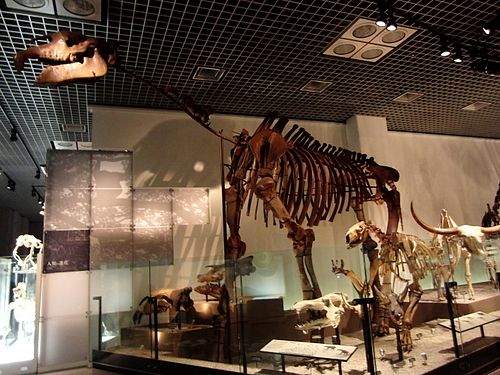 Australia women's national wheelchair basketball team at the 2012 Summer Paralympics
Australia women's national wheelchair basketball team at the 2012 Summer Paralympics.
The Australian women's national wheelchair basketball team played in the 2012 Summer Paralympics in London. The wheelchair basketball team, known as the Gliders, included nine Paralympic veterans, Bridie Kean, Amanda Carter, Sarah Stewart, Tina McKenzie, Kylie Gauci, Katie Hill, Cobi Crispin, Clare Nott and Shelley Chaplin (pictured), along with three newcomers, Amber Merritt, Sarah Vinci and Leanne Del Toso. The team had won silver in Sydney and Athens, but never gold. The Gliders faced a formidable task just to make the finals, as their round-robin pool included Brazil, Great Britain, Canada and the Netherlands. After a narrow victory over Brazil, and an easier one against Great Britain, the Gliders were defeated by Canada, but won their final match against the Netherlands to finish at the top of their pool. They went on to win the quarterfinal against Mexico and the semifinal against the United States, but lost to Germany in the final, winning silver.





 Australia women's national wheelchair basketball team at the 2012 Summer Paralympics.
Australia women's national wheelchair basketball team at the 2012 Summer Paralympics. Trafford Park.
Trafford Park. Paraceratherium.
Paraceratherium.